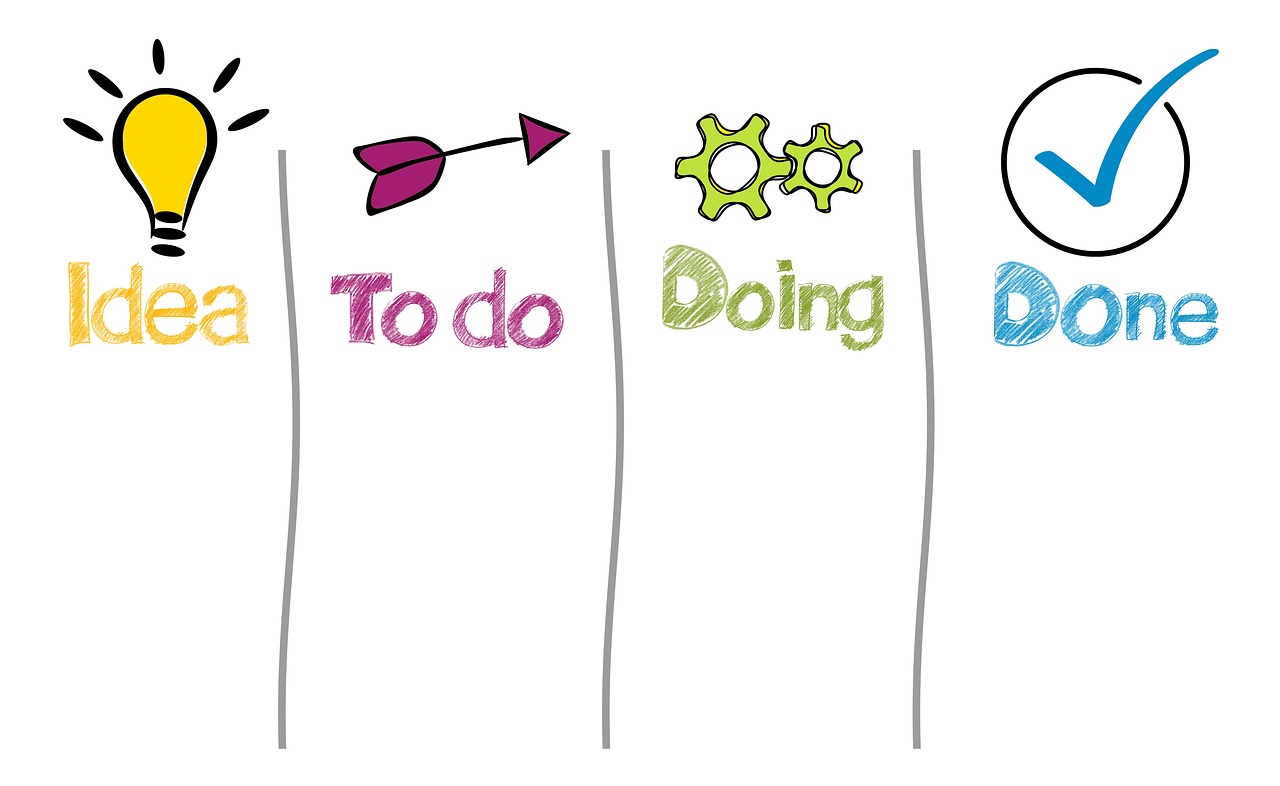
The Complete Streamline LMS Implementation for Effective Employee Learning and Development Manual
Importance of Learning Management System Implementation
Implementing a Learning Management System (LMS) is a vital step for organizations aiming to enhance employee learning and development. A successful LMS implementation can increase training completion rates by as much as 50% within six months, significantly improving compliance and skill development. However, this process requires meticulous planning and collaboration across various departments, including Learning and Development (L&D), IT, and Human Resources (HR).
With a structured approach, organizations can efficiently integrate an LMS into their existing frameworks, ensuring that the investment translates into tangible benefits.
Understanding the LMS Implementation Process
LMS implementation encompasses several critical steps, such as integrating the software with existing systems, configuring it to meet specific organizational needs, and training team members on its use. The entire process can span several weeks to months, depending on the complexity of the organization and the LMS. According to industry research, 70% of organizations report that a well-executed LMS implementation leads to higher employee engagement and retention, underscoring the importance of a structured approach to this undertaking.

Defining Goals and Success Metrics
The first actionable step in the LMS implementation process is defining clear goals and success metrics. This involves identifying the specific reasons for adopting the LMS and the outcomes you hope to achieve. For instance, organizations may aim for 100% onboarding participation for new hires or a 25% decrease in compliance errors within three months of implementation. By establishing these SMART goals, organizations can keep their focus aligned with broader business objectives, ensuring that the LMS supports company-wide learning initiatives.

Building Cross
Building a Cross-Functional Implementation Team. A successful LMS implementation is a team effort. Organizations should assemble a cross-functional team that includes representatives from L&D, IT, and HR. Assigning clear roles and responsibilities helps streamline the process and ensures accountability. Regular check-ins among team members can facilitate communication and address any potential issues early on. Research indicates that organizations with a dedicated implementation team are 40% more likely to complete projects on schedule and within budget.

Creating a Realistic Implementation Timeline
Developing a realistic timeline is crucial for a smooth LMS rollout. Breaking down the implementation process into manageable phases with specific benchmarks allows teams to track progress effectively. For instance, weeks one through three could focus on finalizing configurations and user roles, while weeks seven through nine might involve testing features and gathering feedback. This structured timeline not only keeps the project on track but also helps identify areas needing additional attention, ultimately enhancing the overall implementation experience.

Configuring and Customizing the LMS
A well-configured LMS should feel like a natural extension of the organization’s culture and workflow. Customization is essential to ensure that the LMS meets employee needs and promotes engagement. Key areas for configuration include user roles, interface design, and content organization. Research shows that organizations that customize their LMS see a 30% higher adoption rate, which translates to improved learning outcomes and employee satisfaction.

Migrating Learning Content Effectively
Content migration is a critical phase in the LMS implementation process. Organizations should evaluate existing training materials to determine what to keep, update, or discard. Prioritizing high-impact courses for the initial launch phase ensures that employees recognize immediate value from the LMS. By leveraging analytics tools within an LMS, organizations can track course effectiveness and make data-driven decisions about future content development, enhancing the ongoing learning experience.

Providing Comprehensive Training for Success
Effective training is essential for maximizing the potential of an LMS. Both admins and employees must receive adequate training to navigate the system confidently. Training sessions should cover system functionalities, content management, and troubleshooting. Additionally, providing ongoing resources, such as video tutorials and client support, helps reinforce learning and encourages employees to utilize the LMS fully. Organizations that invest in robust training programs typically see a 25% increase in user engagement and satisfaction. In conclusion, implementing a Learning Management System is a multifaceted process that, when executed correctly, can lead to significant improvements in employee learning and organizational performance. By following these actionable steps, organizations can ensure a smooth implementation and realize the full benefits of their LMS investment.





71pcqt